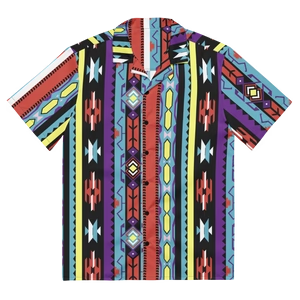
jewelry boxes: safe keeping, sentiment and sparkle
Jewelry boxes have captivated hearts and minds for centuries, serving as both functional storage solutions and artistic expressions of culture and craftsmanship. From ancient civilizations that used simple containers to safeguard their treasured adornments, to the ornate and intricately designed boxes of the Renaissance and beyond, the history of jewelry boxes is as rich and diverse as the jewelry they hold.
Beyond their utilitarian purpose, these boxes often carry deep symbolic meanings, reflecting the values, traditions, and aesthetics of various cultures throughout time. In this article, we will explore the fascinating evolution of jewelry boxes, examine the different types and materials used in their creation, and delve into the cultural significance that makes them timeless heirlooms.
A treasure chest for our beloved baubles, trinkets, and the occasional, mismatched earring. These charming containers have been a staple in homes for centuries, serving not just as storage solutions but also as reflections of our personal style, history, and sometimes, our deepest secrets. Whether made of wood, velvet, or even an ornate trinket, jewelry boxes hold more than just jewelry; they hold memories.
Jewelry boxes serve several purposes. Firstly, they keep our precious pieces organized and untangled, preventing those heart-stopping moments when you’re late for an event and can’t find that one cherished necklace. Beyond practicality, they act as a symbol of love and sentimentality, often passed down through generations.
The Middle Ages was when jewelry boxes became lavishly designed with intricate carvings and rich materials. During the Renaissance, artistry flourished, and so did the creativity behind jewelry storage. These boxes began to incorporate secret compartments and clever locks—because who wouldn’t want a little mystery to go with their earrings? It’s no surprise that this period found jewelry boxes becoming as much about the art of concealment as they were about the luster of the jewels kept inside.

























































































































































































































































